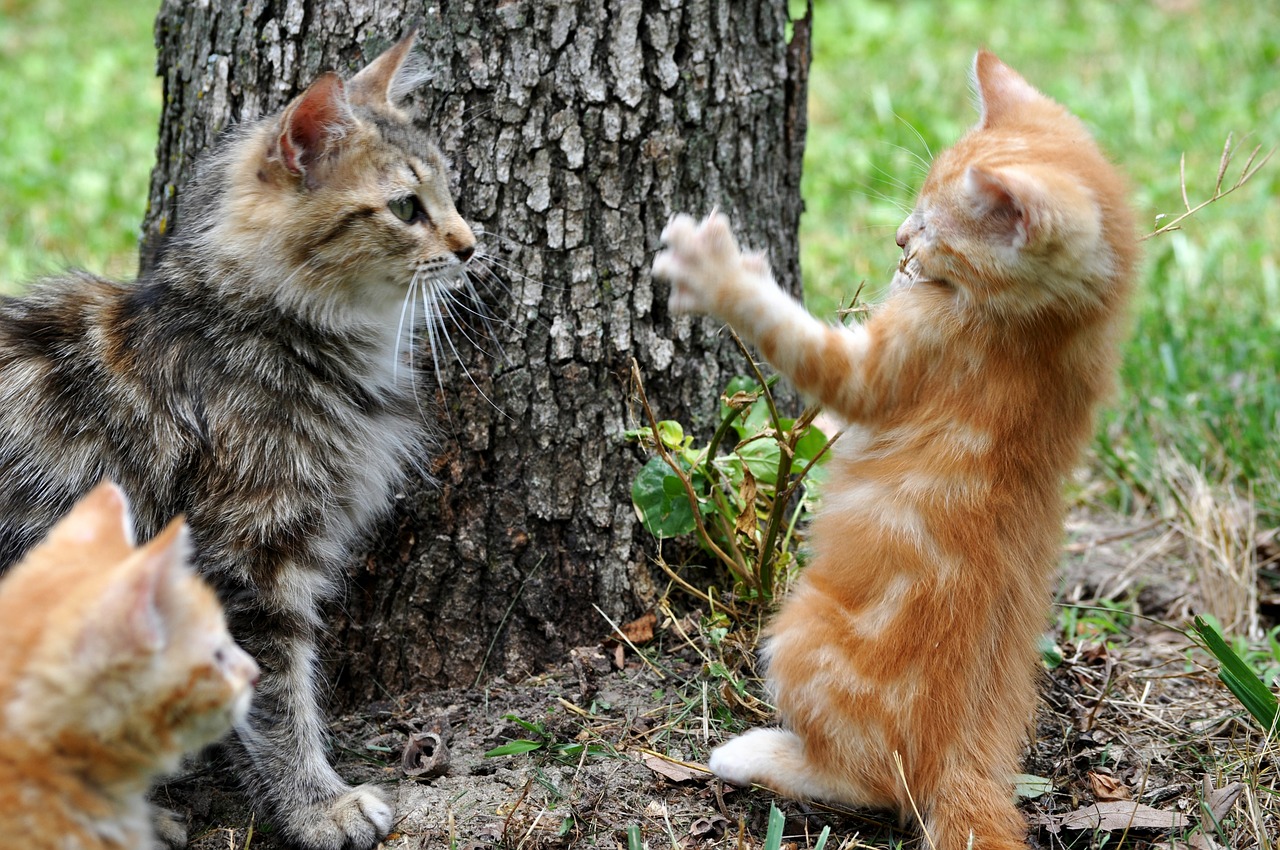Surprisingly common virus in domestic cats raises concerns
Feline foamy virus is widespread in domestic cats, a new study finds, which could make them more susceptible to other viruses known to be deadly to domestic and wild cats
Taylor White • November 12, 2019

Outdoor domestic cats increase their chances of contracting and transmitting viruses like feline foamy virus (FFV). [Credit: Needpix.com/Creative Commons ]
Roughly two-thirds of all domestic cats in the U.S. have a virus called feline foamy virus (FFV), according to a recent study published in the Journal of Feline Medicine and Surgery Open Reports.
This study is both the first large-scale research on the prevalence of the virus in the U.S. and the first to suggest that it is present in the majority of the nation’s domestic cats.
The high prevalence of the virus raises several questions among animal experts, including whether it could infect the wild cat population or leave cats more susceptible to other deadly bugs, such as Feline Leukemia Virus (FeLV).
Feline foamy virus passes between cats’ saliva when they nuzzle or bite one another. A major concern with easily transmitted viruses such as FFV is that outdoor domestic cats can transmit them to wild cats, such as mountain lions, says study leader Sue VandeWoude, a veterinary specialist at Colorado State University.
As far as scientists know, the virus isn’t transmitted through the air or environment. But imagine this scenario: a mountain lion attacks and kills a domestic cat that’s infected with the virus. That wild cat would be at risk of contracting the virus, says VandeWoude.
For the study, researchers took blood samples from domestic cats in a total of eight animal shelters in Southern California, Florida and Colorado, between 2009-2011. A total of 308 blood samples were collected and analyzed for the presence of FFV.
FFV is widespread in the animals in all three regions, the study revealed. These three regions provide a fairly representative picture of the virus’s spread among U.S. cats, according to VandeWoude.
The new finding raises some questions such as, why is the virus so common in domestic cats? How does it affect their health? And how does it spread to wild cats?
“We’re generally very interested in looking at how diseases of domestic animals are spread to wildlife and we’re worried about that,” says VandeWoude. There’s a risk that diseases will be transmitted from wildlife to people and their animals and vice versa, says VandeWoude, as wildlife territories become more urbanized.
“The way we treat our cats has a big impact on whether or not they get diseases like this [like FFV],” says VandeWoude. Even letting your cat outside could be a risk, she added — both for the kitty and wildlife.
The virus was most prevalent among cats in Southern California, showing up in 75 percent of the samples. Older, outdoor cats also were more likely to be infected with FFV than were younger cats.
Based on what her team knows now, feline foamy virus is not a threat to wild or domestic cats, but it might be linked to arthritis in male cats and lead to other feline infections, VandeWoude says. VandeWoude does not see FFV as being a significant clinical problem in cats.
Some viruses don’t cause disease and can be beneficial to their host, says John S. L. Parker, a veterinary medicine specialist at Cornell University. When domestic and wild cats contract FFV, which belongs to a family of viruses called Spumaretrovirinae, they might go years without showing symptoms.
Overall, Parker is not too concerned about the new finding, but thinks there are still reasons to investigate FFV further to determine if there is any association with other diseases or even benefits for cats.
“This is not going to be the next plague for [domestic] cats. That’s for sure,” says Parker.